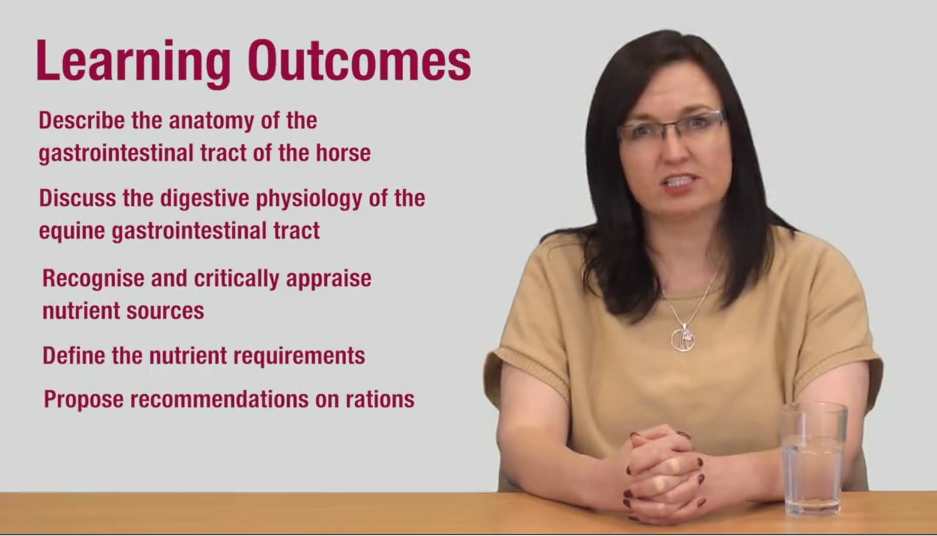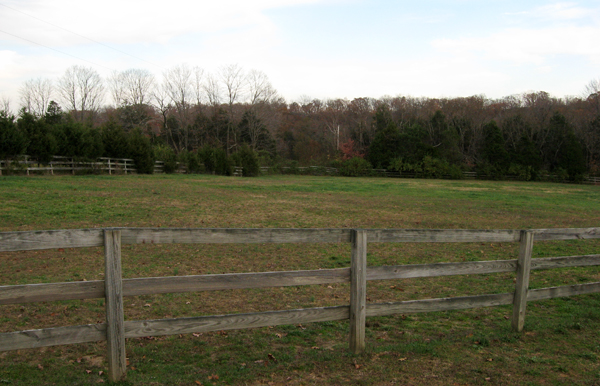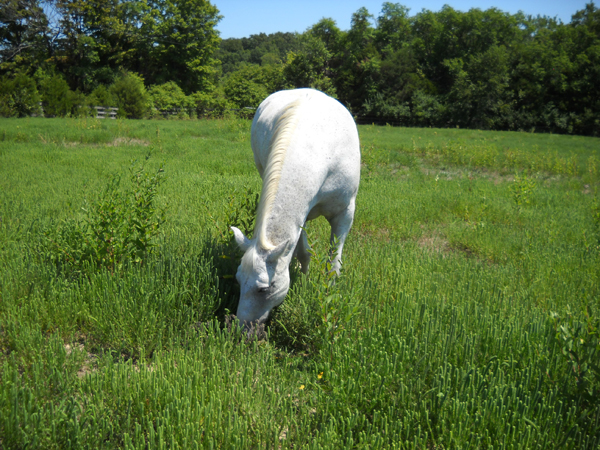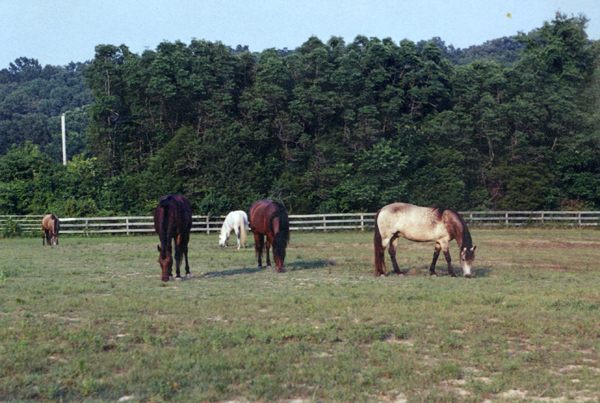Applying weed killer to pasture for horse with laminitis
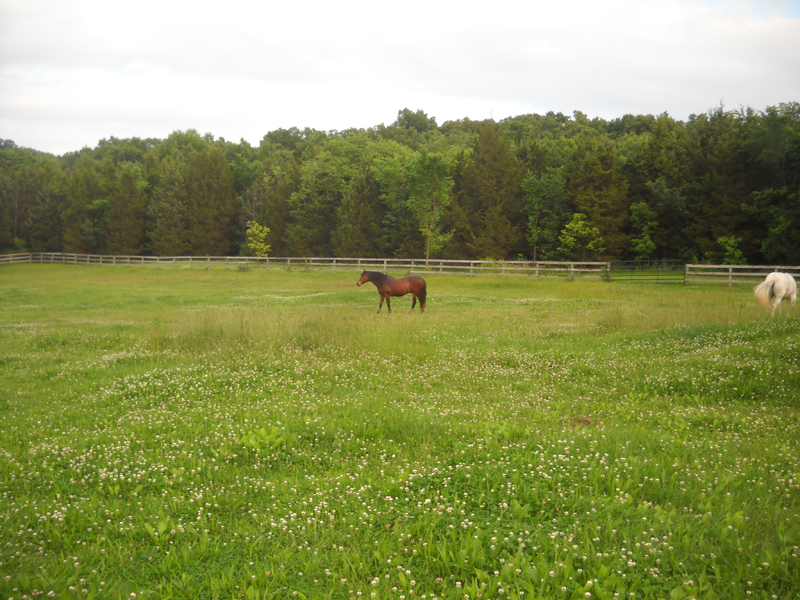
One of the horse pastures covered with weeds on May 31, 2015.
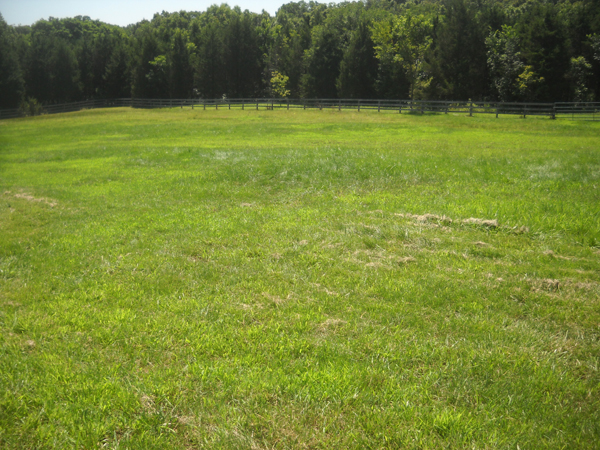
The same pasture on July 12, 2015, a month after application of weed killer.
I can answer the question: Can you use weed killer on grass grazed by laminitic horses?
Yes.
Over three weeks in June 2015, I sprayed my whole farm using GrazonNext, which was recommended by my local feed store.
I have 8 fenced acres, plus 2 unfenced acres.
I sprayed the weed killer manually, walking around with a 2 gallon sprayer.
The feed store suggested I give the weed killer two hours of dry time before the next rainstorm hit. Given the fact that we had the wettest June ever, timing that out for each field was the hard part.
The cost for the weed killer and sprayer was less than $200, according to my memory, since the receipt has disappeared from my desk. Horse owners probably can find these products cheaper online, but I wanted the help of the feed store.
I wish I did this years ago, but I kept getting instructions from veterinarians that my horses should NOT eat grass. The last thing I thought I needed was good grass.
I’ve done a complete 180 on that. After I read equine nutritionist Juliet Getty’s post on how insulin resistant horses should be grazing all the time to turn around the disease, my goal is to ensure that the horses have great grass that they want to eat.
Research has shown horses on dry lots with weeds develop laminitis, though scientists often blame the weeds’ nonstructural carbohydrate level.
Veterinarian Frank Reilly warns that the high iron level in weeds can lead to insulin resistance.
My horses lived for years on dry lots with only weeds for nibbling, and the laminitic bouts happened over and over.
I won’t use fertilizer to improve the fields. Too many horse owners have reported their horses foundering right after pastures were fertilized. Perhaps the nitrogen in the fertilizer triggers the laminitis.
But I was willing to apply weed killer.
My farm in May 2015 was covered in weeds despite me mowing constantly. I was in panic mode when I went to the feed store for help on May 31.
GrazonNext is designed for pastures, and animals can go right back on the fields after the fields are sprayed, according to the maker.
I can’t swear 100 percent that it’s safe for horses to eat because my horses wouldn’t touch the vegetation after I sprayed it until after a few rainstorms.
I can say that we had no issues, other than some grumpy horse faces during the spraying process.
The feed store figured out how much I should use: 4 ounces per 2 gallon sprayer. A 2 gallon sprayer was supposed to cover 5,000 square feet (an area 50 feet by 100 feet).
I was fairly careful in measuring out the 4 ounces as I refilled the sprayer each time.
I didn’t measure off the feet I was spraying.
Within hours of spraying, the dandelions and other weeds keeled over.
GrazonNext won’t kill crabgrass, which is very high in iron. Some of my fields have patches of crabgrass, so we have some work left to do, but I’m really pleased with the fields, as are the horses.
I let the weed killer stay on the weeds about a week before I mowed (another recommendation by the feed store).
In fact, the best advice the feed store manager gave me was, “Quit mowing and start spraying.”
After the weeds died, it was much easier to mow the fields.
Some spots were left bare because only weeds had been growing in those areas. But we had a lot of rain in June and July, and those areas came back with grass, a big surprise to me. If the rain hadn’t been so well timed, the bare spots would have remained, I suspect.
I did a lot of research on this weed killer, because I wanted to spray it on the unfenced areas where deer and rabbits graze in the evening. The product appears to be safe for those animals, too. The deer and rabbits look unfazed.
I did notice one thing in my research that may matter to people who use manure to fertilize a garden. This weed killer has a residual effect. If a horse ingests plants with the weed killer on them, the pesticide will be in the manure and will still be active. If the manure is used on a garden, it will kill vegetables in the garden. Someone reviewing the product online said she found that out the hard way.
The feed store manager said I likely won’t have to apply the weed killer every year.
Some weeds have popped back up already, but they look dead on arrival. They don’t bloom. They just shrivel up.
I also have been applying lime to the fields. I almost believe liming is more important than applying weed killer because the lime lowers the acid in the soil, which slows the development of weeds. Weeds thrive in acidic soil.
The horses are eating the limed grass more than the other grass.
